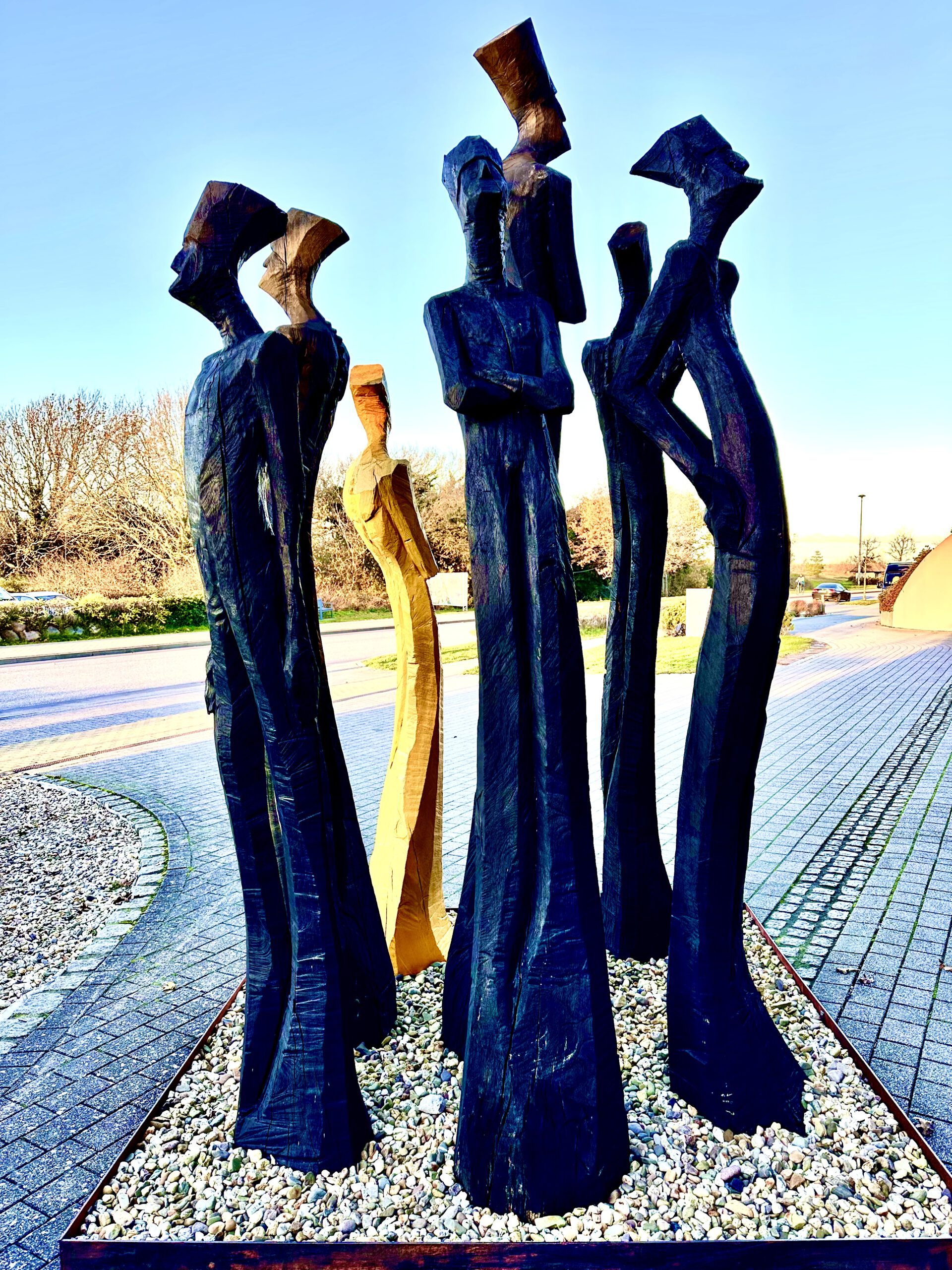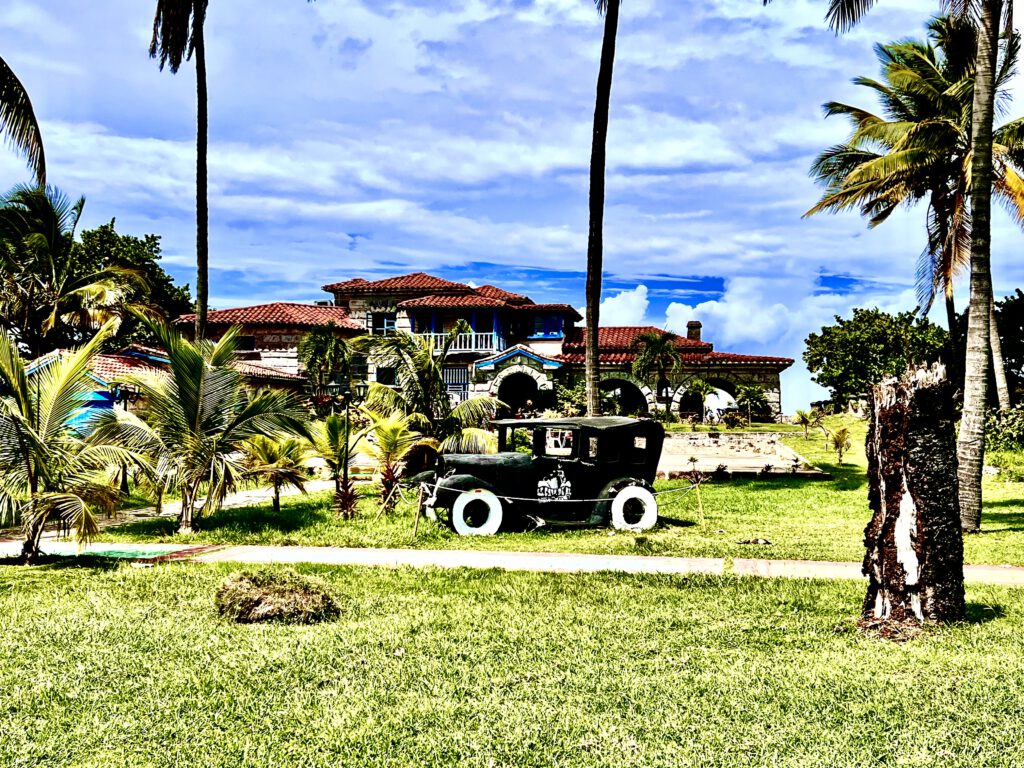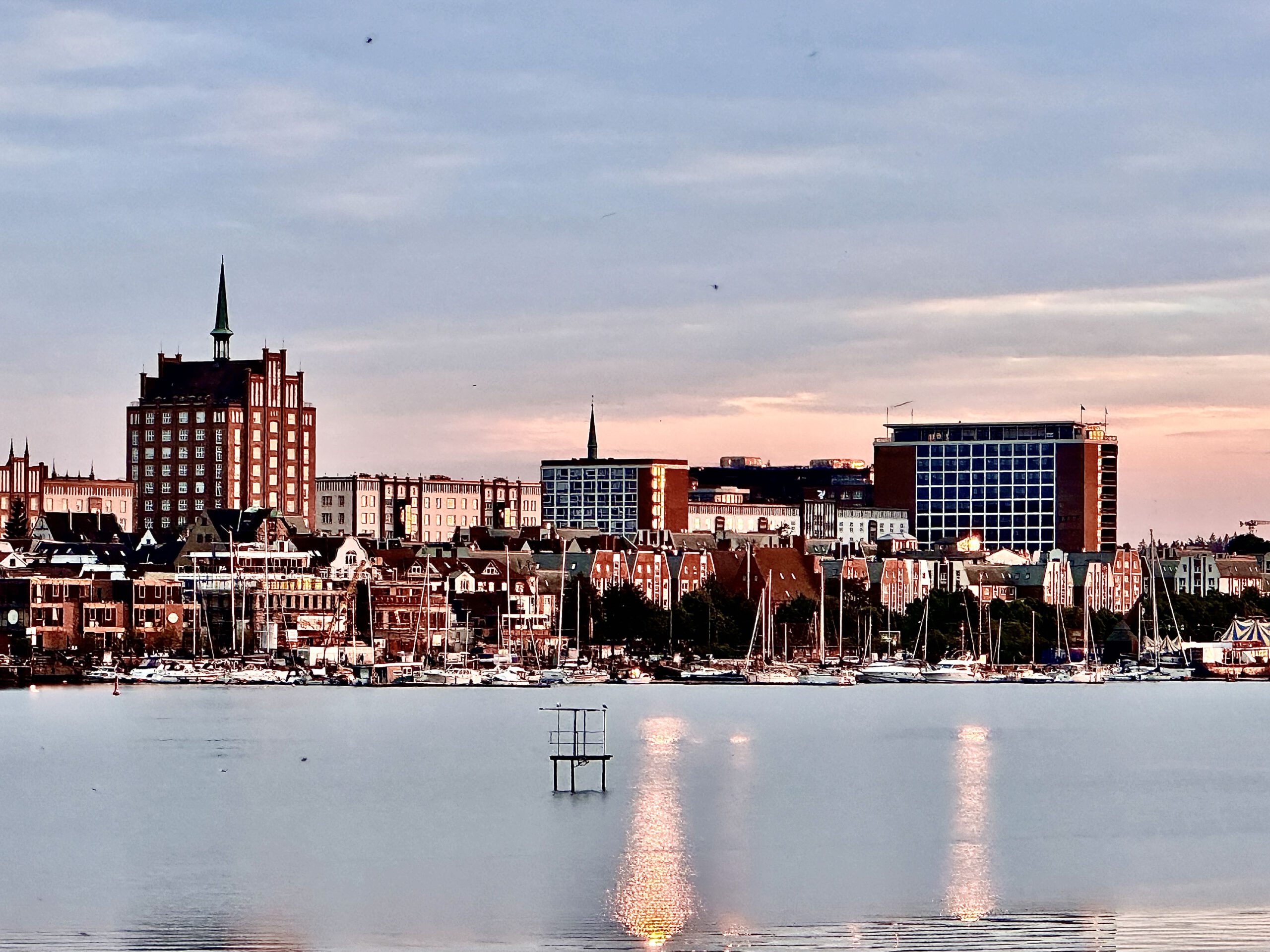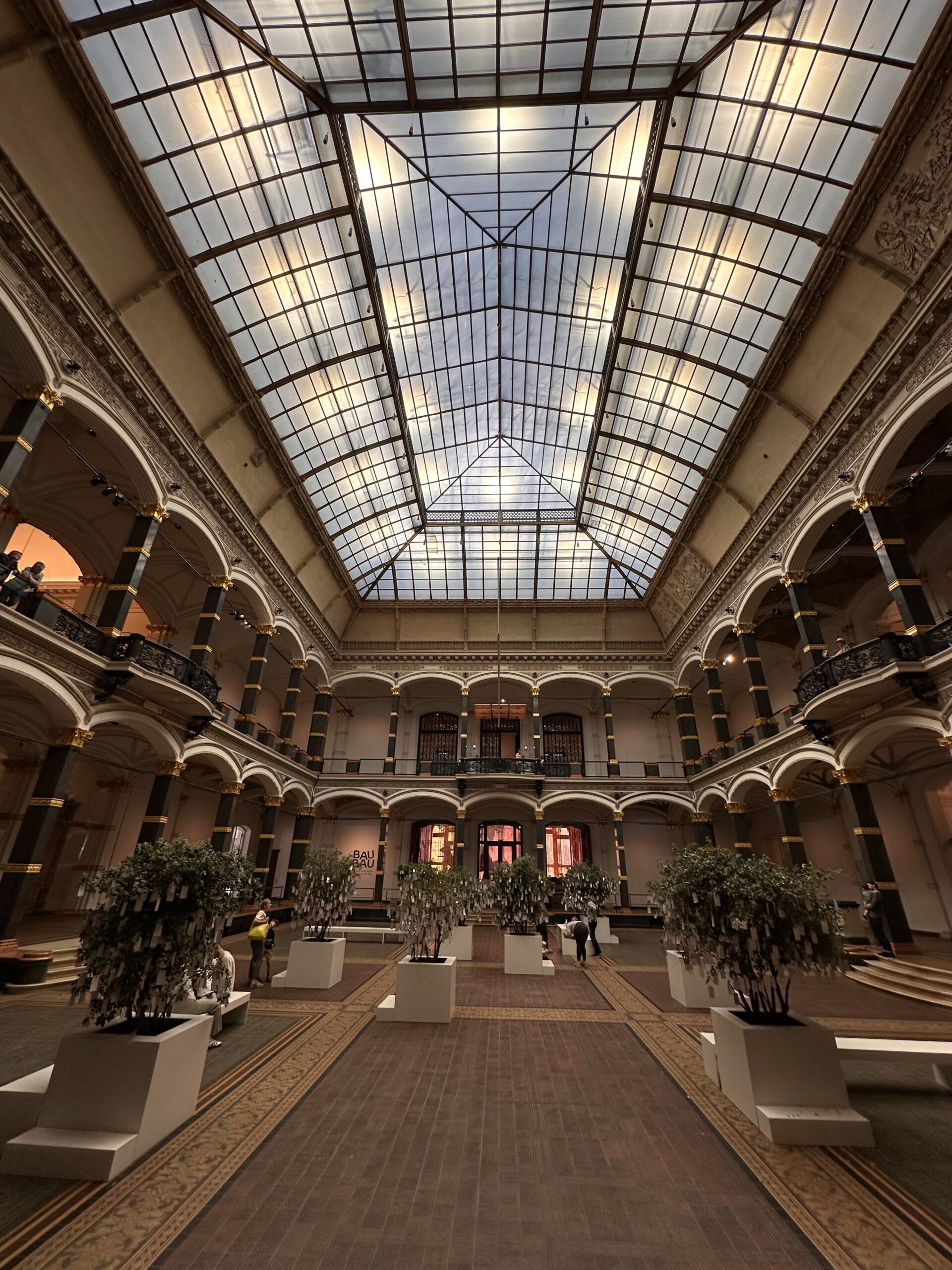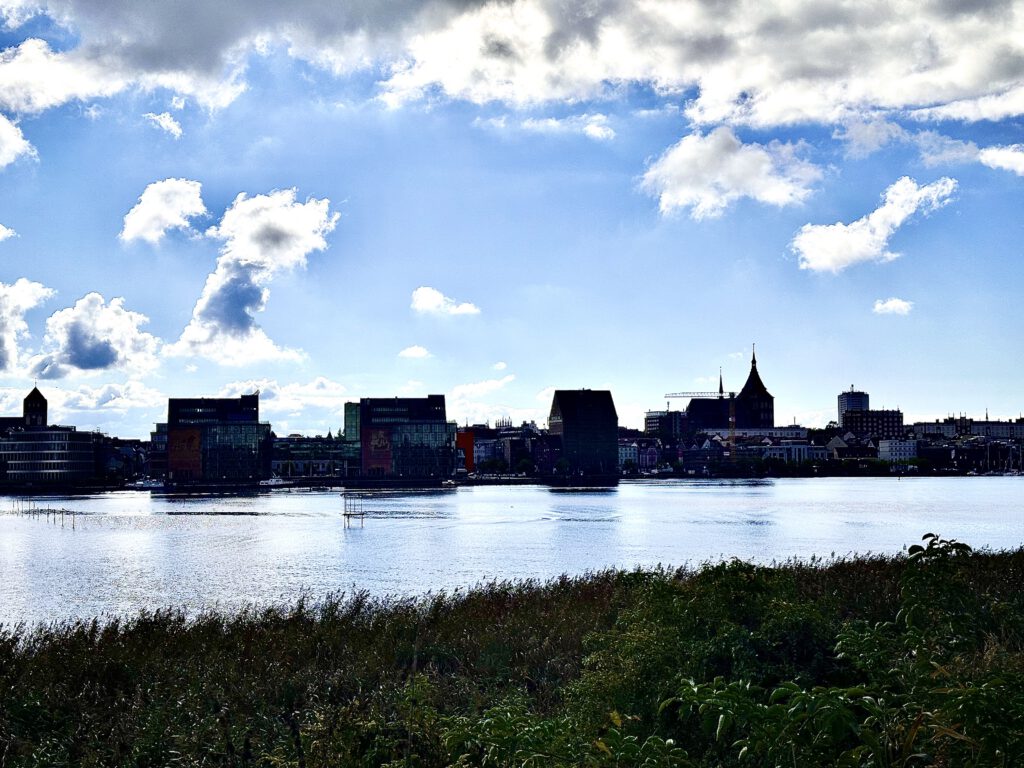Saphenion®: Rezidive bei Krampfadern
Das Crossenrezidiv war über viele Jahrzehnte bezüglich Ätiologie und Pathogenese ein Rezidiv nach konventioneller radikalchirurgischer Therapie (Herausziehen der Krampfader) nach Crossektomie mit meist simultan durchgeführter Stripping – Operation der Vena saphena magna (VSM) oder der Vena saphena parva (VSP). Mit der Etablierung alternativer thermischer und nicht – thermischer Therapieverfahren ist die Entstehung des Rezidivs, als auch Therapie des Rezidivs nicht mehr ausschließlich konventionell – chirurgisch, sondern entsprechend auch thermisch und nicht – thermisch möglich.
For many decades, the etiology and pathogenesis of varicose vein recurrence was a recurrence following conventional radical surgical treatment (removal of the varicose vein) after crossectomy with usually simultaneous stripping of the great saphenous vein (GSV) or the saphenous vein parva (SSV). With the establishment of alternative thermal and non-thermal treatment methods, the development of recurrence and treatment of recurrence is no longer exclusively conventional surgical, but also thermal and non-thermal.
